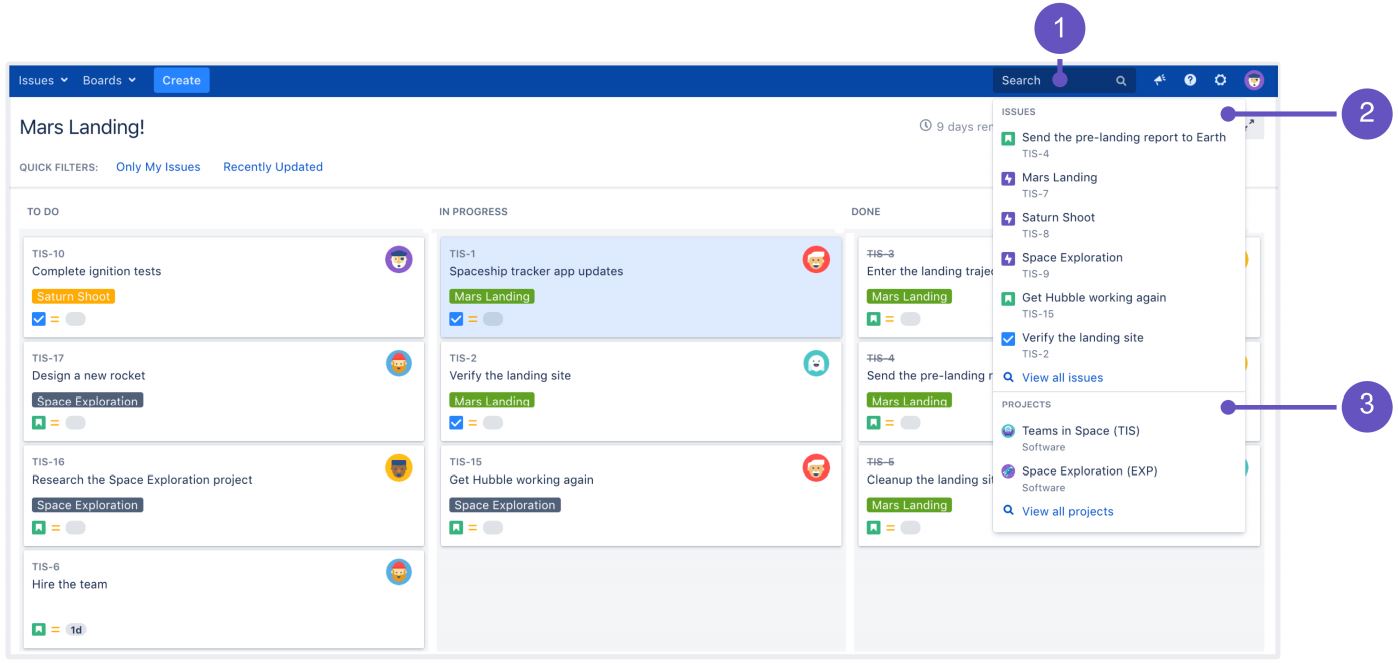

This will bring up the Create an Agile board dialog. Click on the menu item from the top navigation bar and select the Boards & then View all Boards.

Change the sharing to your Project so that your team/everyone will have visibility. Go to Details on top and click on Edit Permissions. The created filter by default will only be visible to you.Enter the descriptive name of the search filter in the Filter Name field, then click on Submit. The below screen pops up when you click on Save as.Next click on Save as at the top right of the screen. After you have the Search Filter the way that you want it, select a name for the filter.You can always adjust your filter until you get the desired results.

Ensure that the results reflect what is expected.
After you input your Search Filter in the appropriate space, hit enter. Select the value to add it to your filtering criteria. Click on the checkmark and then type in your IT Team value as shown below. Click on “ More” and search for the “ IT Team” field. Select your “ Project” to filter out all issues for a specific JIRA project. Highlight Search for issues and click to start a new search. Click on the Issuesdrop down found on the JIRA toolbar at the top of the page. When logged in to JIRA, look for Projects along in the toolbar at the top and click on the drop-down to select your project. It helps you to distinguish the tasks of different categories, such as users, workstreams, etc.įollow the below-mentioned instruction and create a search filter for your Scrum Board Swimlane: Swimlane is a means of categorizing issues in an active sprint of a scrum board or a kanban board. All the user stories in the epic might take several sprints to complete. It is a large user story that can be broken into several smaller stories. In a scrum board, an issue contains all the tasks, dependencies, and other relevant information required to perform a single piece of work. Issue: An issue is also known as a user story. This cycle goes on until and unless all the user stories within a sprint are completed. Some user stories are taken from the epic and placed in a particular sprint. User story comes under the epic, and epic is a large chunk of work, user stories come under the epic. Sprint is nothing but a time-bound iteration to deliver the working software. It should be in a granular format so that it can be delivered within a sprint. User stories are sentences written in simple language to provide the desired outcome. The purpose of a user story is to show how a piece of work will deliver a particular value back to the customer. A User Story is a goal, not a feature that is expressed in terms of the user’s perspective. A user story is the smallest unit of work in an agile framework. A product backlog is a list of features, defects, enhancements, and experiments that are to be considered in the product. Backlog: The Backlog is owned by the Product Owner. When the sprint is completed, then it produces the most valuable, useable, and releasable product in the market. Sprint: A sprint is a time-boxed iteration of time which is mainly of 2 weeks. As individual tasks are completed, those with the time step up and take on additional tasks. JIRA TASK BOARD FULL
Supports full team commitment: When the team sees all the tasks on the board, it keeps them from focusing only on individual tasks.Also, stakeholders look at the board to discuss progress and prioritize work. This increases transparency and communication among all the team members. Increase Communication and Transparency: Jira scrum board is the only tool where the team members can access all the work of the teams at any time.Jira scrum board is mainly designed for teams to organize the teams’ work or easy the teams work to complete in fixed timelines. This helps in giving a fixed amount of time to all the teams to release the product enhancements or bugs smoothly with fixed timelines. Promote Sprint Planning and Iterative Development: The main use of the scrum board is the sprint.They can easily pull the report and check the status. Jira scrum board helps the team members by providing transparency to the work by segregating the work into different stages. Improve Team Focus and Organization: Normally teams will not remember the deadlines of the project because of their more work pressure or working simultaneously with different projects.Anybody looking at the board can quickly assess where the team is in the iteration and what still needs to be done to achieve goals. Makes information visual and easily accessible: On both physical and virtual boards, the data it displays is easy to digest and easy to access.







 0 kommentar(er)
0 kommentar(er)
